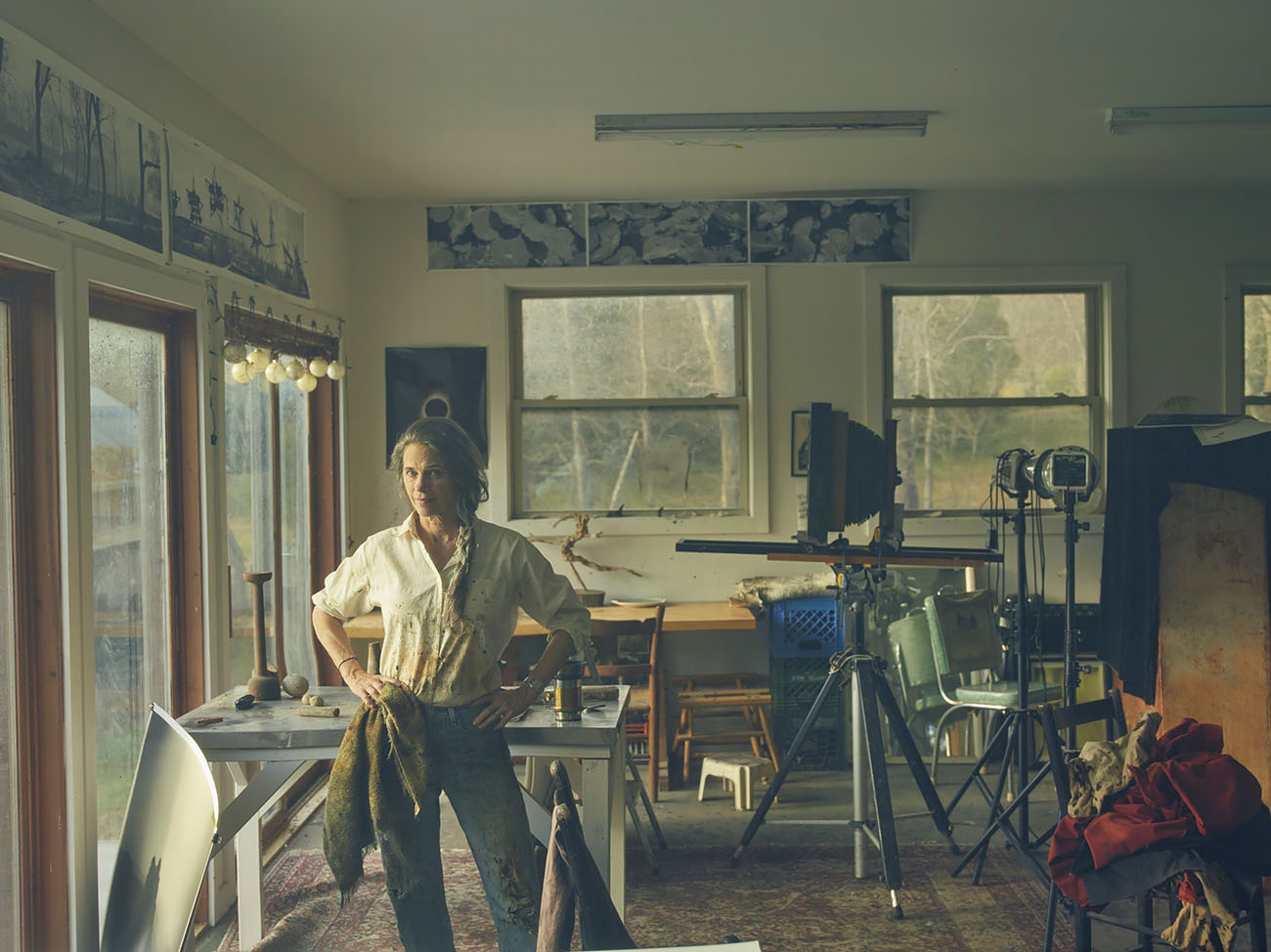American artist
Sally Mann was announced this evening (Wednesday 15 December 2021) as the
winner of the 9th cycle of the Prix Pictet, the global award in photography and sustainability. The
winner receives a cash prize of 100,000 Swiss Francs (£82,000, USD109,000).
The announcement, at a ceremony at the
Victoria and Albert Museum (V&A) in London, marks
the opening of a major exhibition showcasing the 12 photographic series shortlisted for the prize.
Each of the shortlisted bodies of work explores the topical theme of 'Fire', the focus of this cycle of
the award.
Sally Mann (b. 1951) is known for her photographs of intimate and familiar subjects rendered
both sublime and disquieting. Her works explore family, social realities and the passage of time,
capturing tensions between nature, history, and memory.
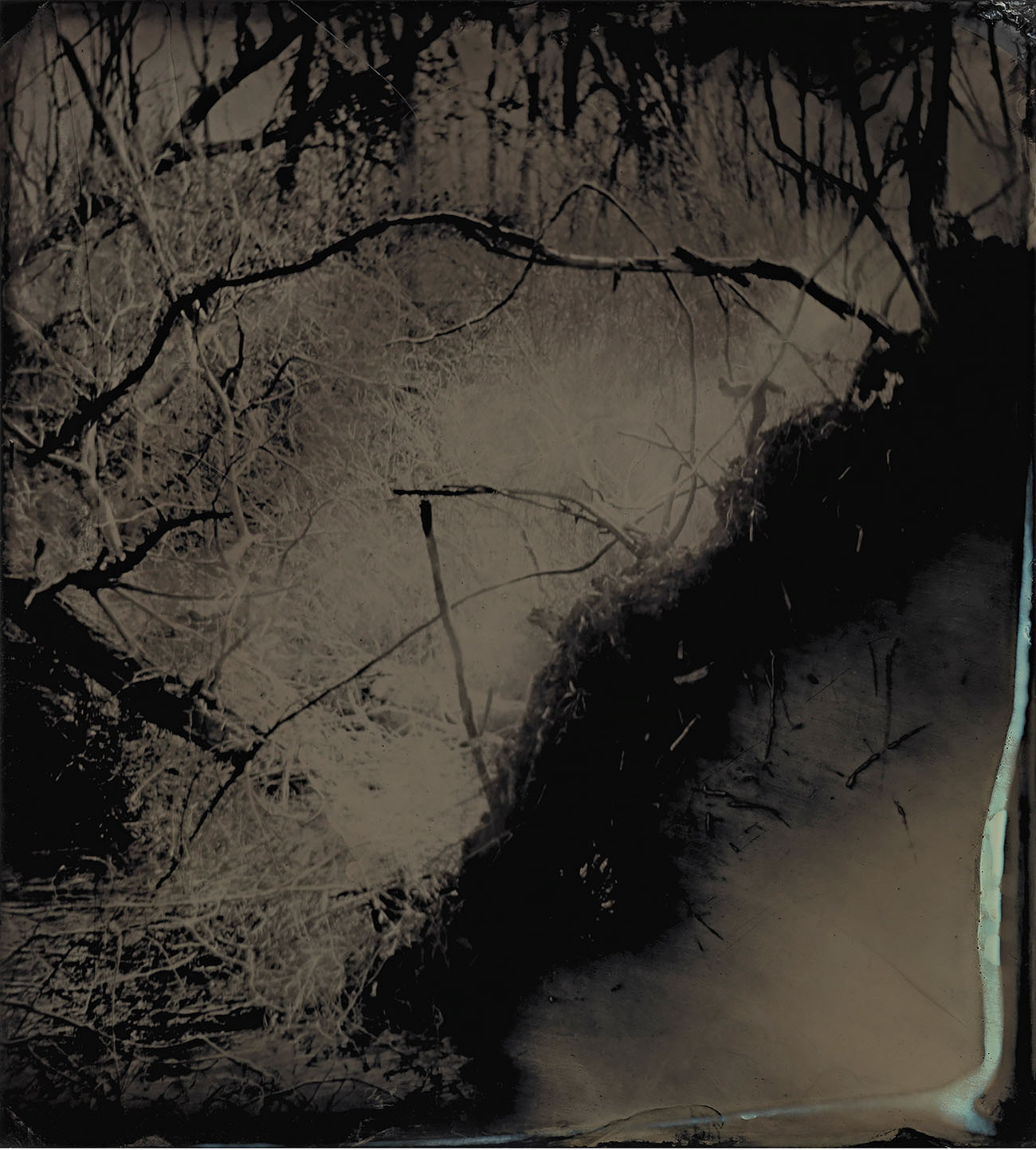
Blackwater 1, 2008 - 2012 From the series Blackwater, 2008-12 Tintype © Sally Mann, Courtesy Gagosian
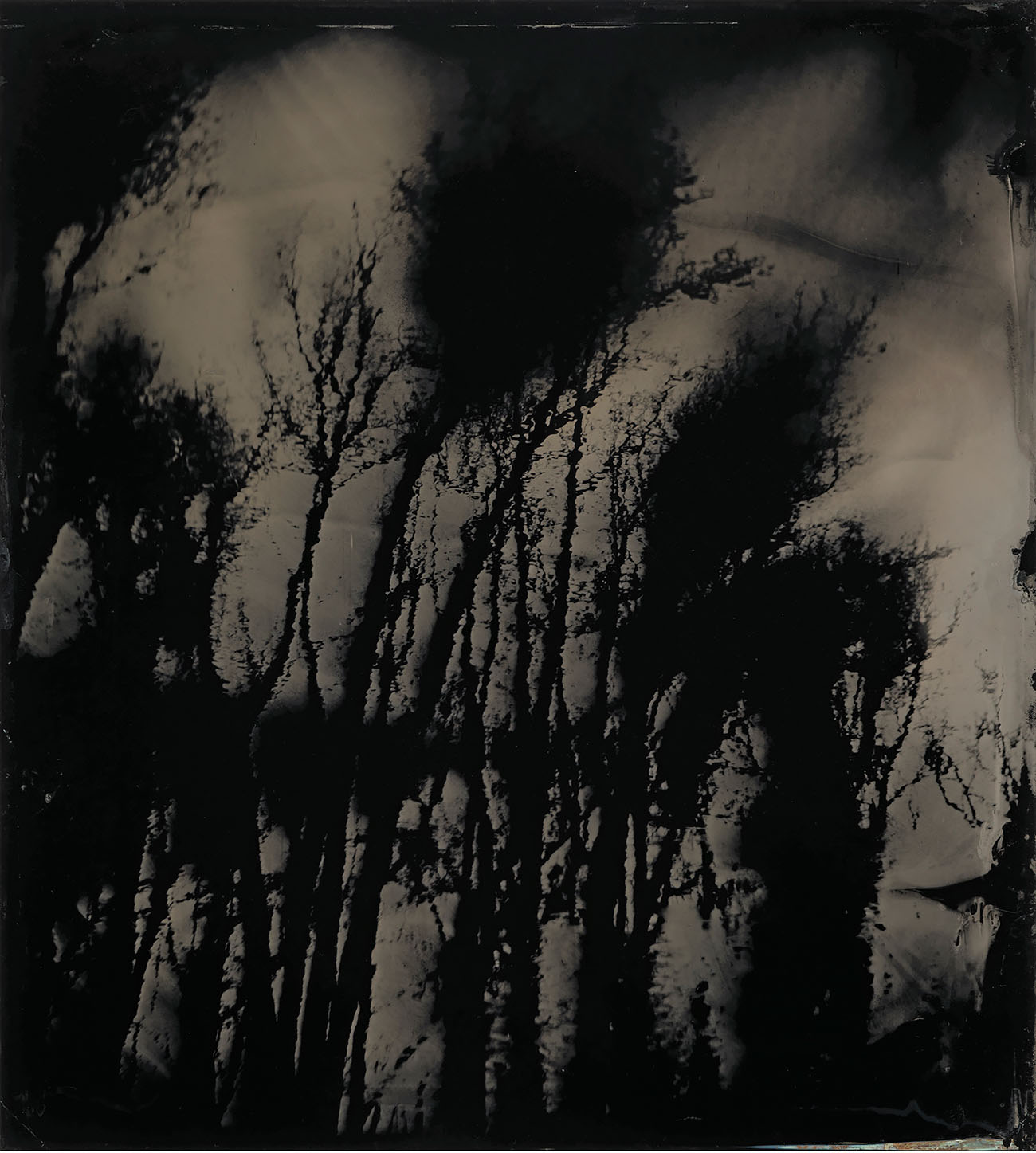
Blackwater 20, 2008 - 2012 From the series Blackwater, 2008-12 Tintype © Sally Mann, Courtesy Gagosian
Mann's winning series Blackwater (2008-2012) is a multifaceted exploration of the devastating
wildfires that enveloped the Great Dismal Swamp in southeastern Virginia, where the first slave ships docked in America. In this work, Mann draws a parallel between the all-consuming
wildfires she encountered there with racial conflict in America, explaining "The fires in the Great
Dismal Swamp seemed to epitomize the great fire of racial strife in America - the Civil War,
emancipation, the Civil Rights Movement, in which my family was involved, the racial unrest of
the late 1960s and most recently the summer of 2020. Something about the deeply flawed
American character seems to embrace the apocalyptic as solution."
Born in Lexington, Virginia, Mann began studying photography in the late 1960s. Her
first solo museum exhibition was at the Corcoran Gallery of Art, Washington, DC, in 1977. From
the late 1990s into the 2000s, Mann focused on the American South, taking photographs in
Alabama, Mississippi and Louisiana for her series Deep South (2005), as well as Civil War
battlefields for Last Measure (2000). A Thousand Crossings, Mann's recent survey exhibition,
explores the identity of the American South and Mann's relationship with her place of origin. It
debuted at the National Gallery of Art, Washington, DC in 2018 and travelled extensively. Mann
is a Guggenheim fellow, three-time recipient of the National Endowment for the Arts fellowship
and was named "America's Best Photographer" by TIME magazine in 2001.
In a statement issued today on behalf of the Prix Pictet Jury, Sir David King, Chairman of the
Jury, said: "If ever there was a time for the Prix Pictet to take up the theme of Fire, that time is
now. This past summer we were inundated with images of fire at its most frighteningly
destructive... Of course, fire is a most capricious element, and its various faces were present in
the group of shortlisted series. The jury considered an exceptional group of artists, each of whom
demonstrated a highly distinctive approach to the theme, at times challenging our understanding
of what photography can be. Sally Mann's series in particular is a brilliant repurposing of
historic photographic process to tell a chilling contemporary story. At the end of a rich debate,
the jury were unanimous in their decision that she was a worthy winner of the 9th Prix Pictet."
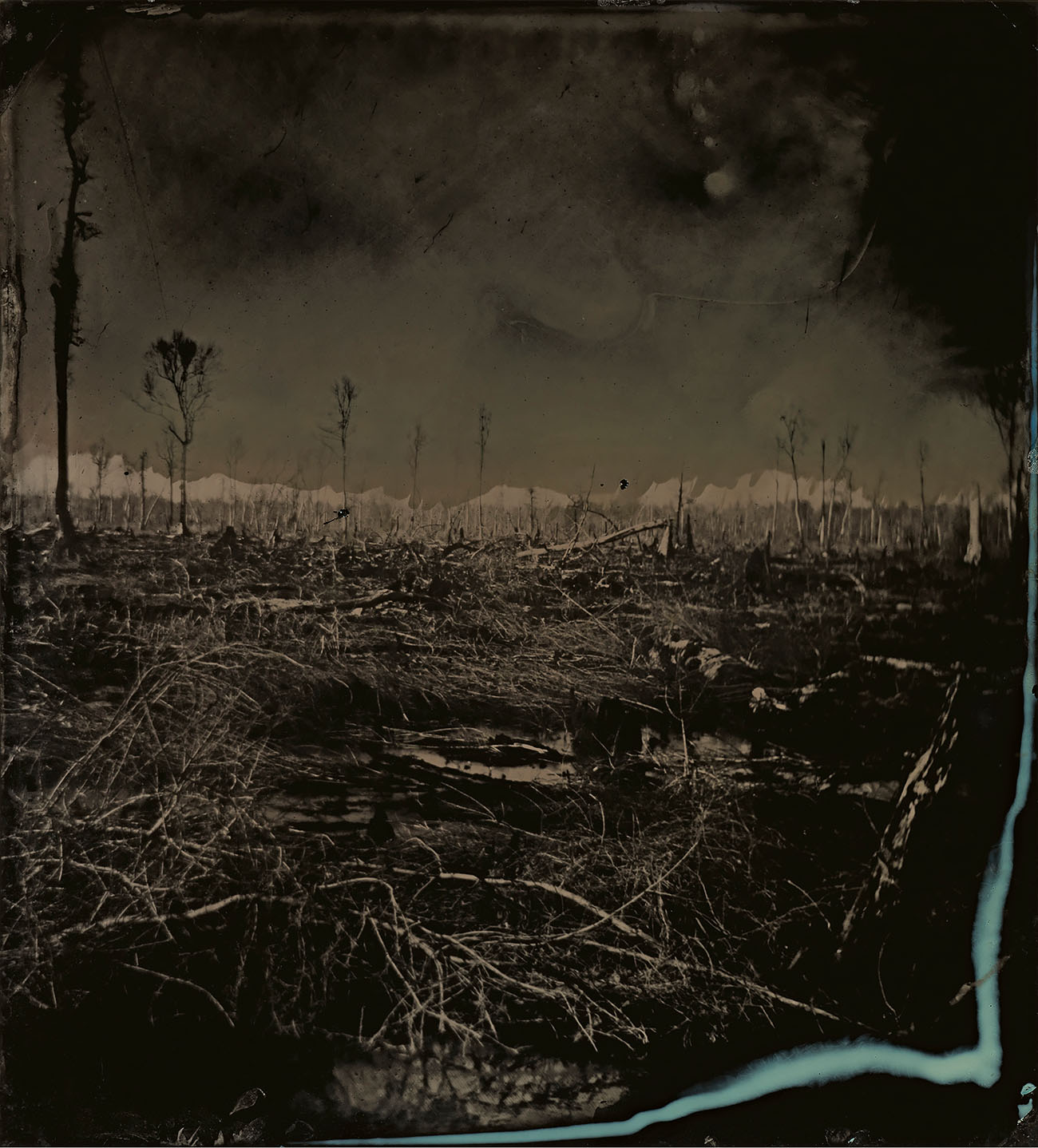
Blackwater 3, 2008 - 2012 From the series Blackwater, 2008-12 Tintype © Sally Mann, Courtesy Gagosian
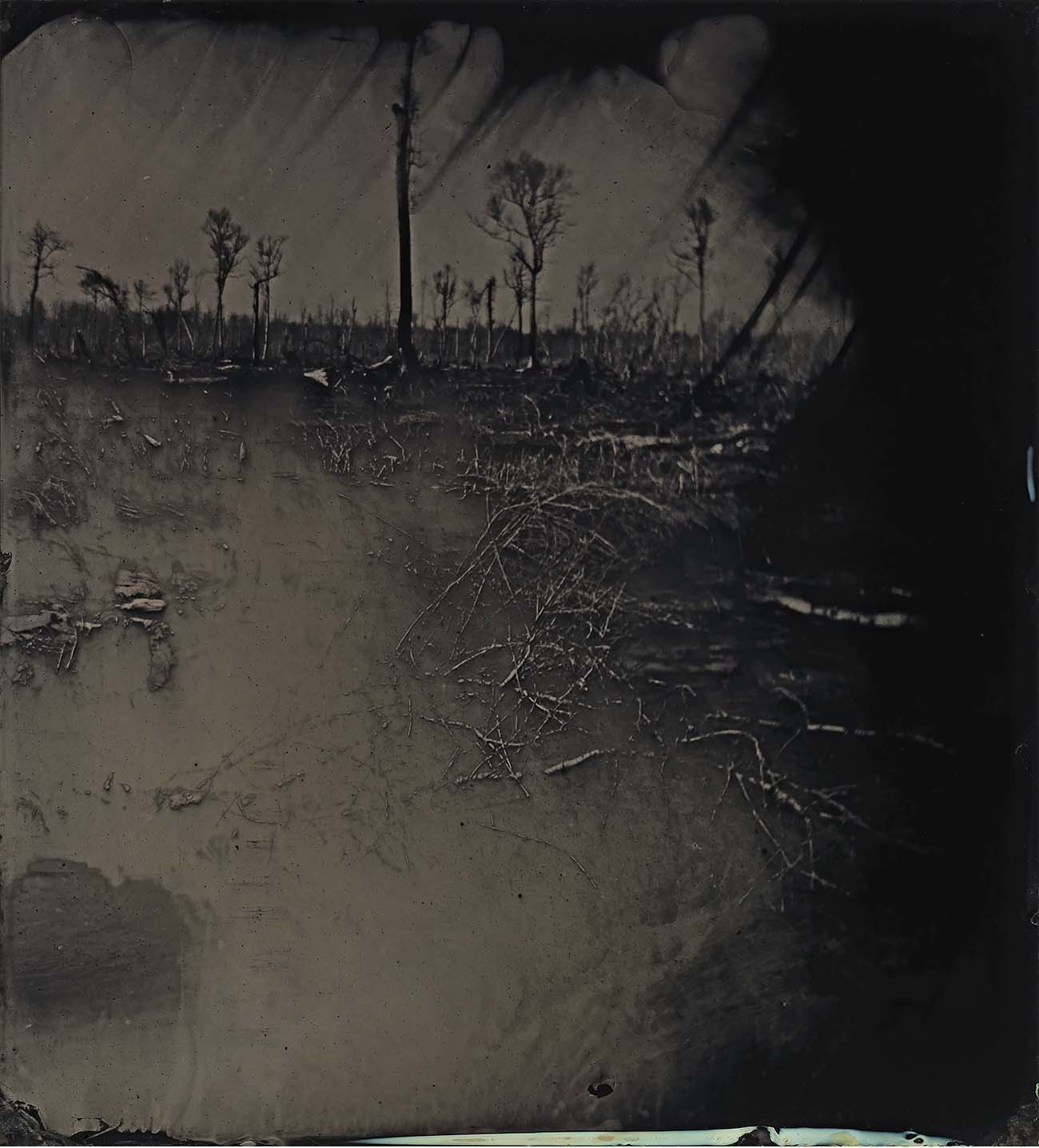
Blackwater 7, 2008 - 2012 From the series Blackwater, 2008-12 Tintype © Sally Mann, Courtesy Gagosian
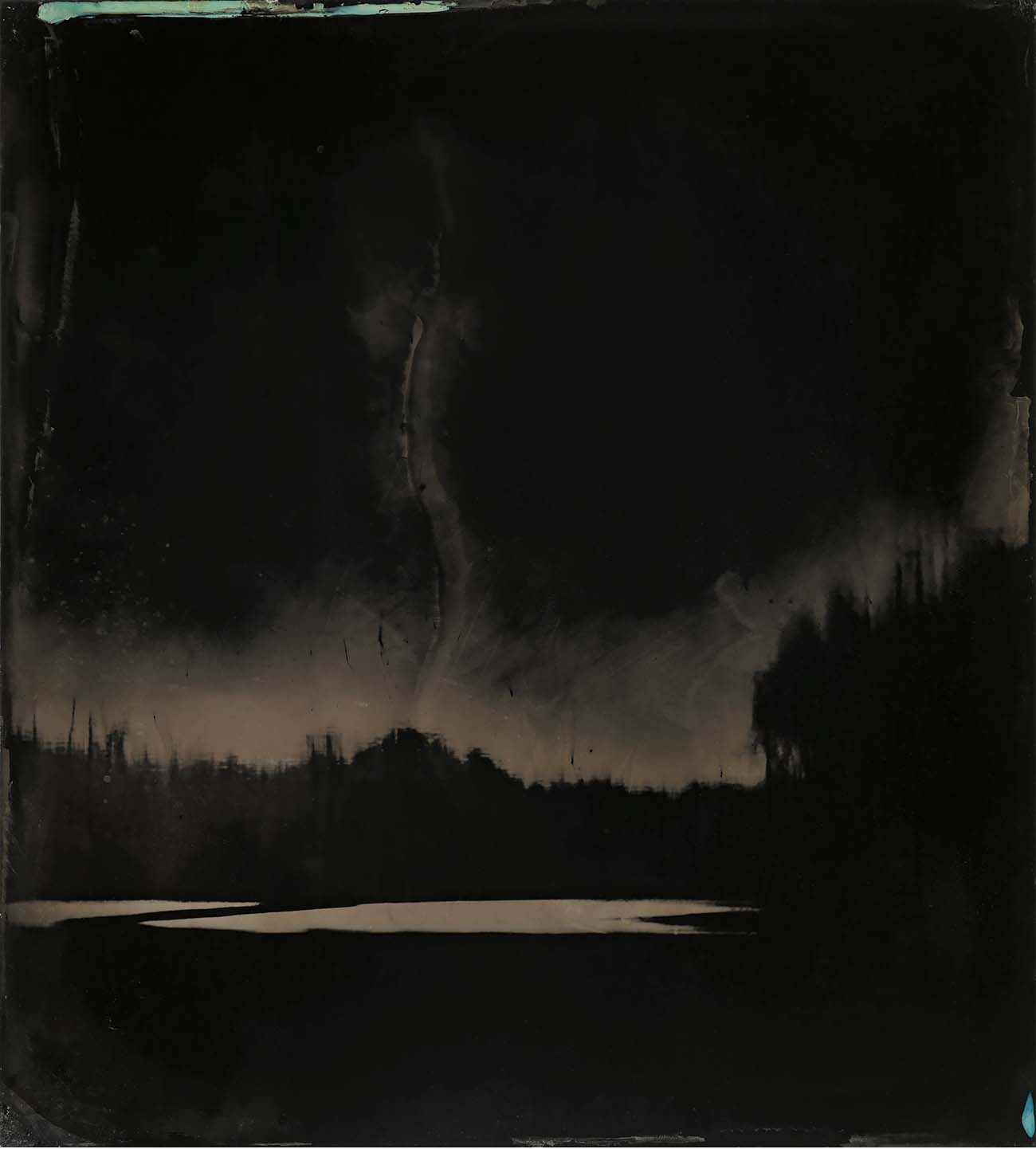
Blackwater 9, 2008 - 2012 From the series Blackwater, 2008-12 Tintype © Sally Mann, Courtesy Gagosian
The free exhibition at the
V&A of the work of the shortlisted photographers, listed below, is on
show until 9 January 2022.
Joana Hadjithomas and Khalil Joreige (Lebanon)
Rinko Kawauchi (Japan)
Sally Mann (USA)
Christian Marclay (USA/ Switzerland)
Fabrice Monteiro (Belgium/Benin)
Lisa Oppenheim (USA)
Mak Remissa (Cambodia)
Carla Rippey (Mexico)
Mark Ruwedel (USA)
Brent Stirton (South Africa)
David Uzochukwu (Austria/Nigeria)
Daisuke Yokota (Japan)
The
Prix Pictet was founded by the Pictet Group in 2008. Today, the award is recognised as the
world's leading prize for photography. On an approximately 18-month cycle, each theme aims to
promote discussion and debate on critical issues of sustainability. The prize of 100,000 Swiss
Francs is awarded for a body of work that speaks most powerfully to the theme of the award.
Each cycle of the Prix Pictet tours globally, with exhibitions in over a dozen locations, bringing
the work of the shortlisted photographers to a wide international audience. The Prix Pictet
award is accompanied by a full-colour book published by teNeues, covering in detail the work of
the shortlisted photographers, together with selected images from the wider group of nominees,
and essays on the theme of the prize by leading thinkers and writers.
The eight previous Prix Pictet winners are Benoit Aquin (Water), Nadav Kander (Earth), Mitch
Epstein (Growth), Luc Delahaye (Power), Michael Schmidt (Consumption), Valérie Belin
(Disorder), Richard Mosse (Space) and Joana Choumali (Hope).
The third series of the Prix Pictet podcast
A Lens on Sustainability, released today, brings
together global creators, thinkers and photographers to discuss photography and sustainability.
Collaborators and guest speakers include Don McCullin, Hannah Starkey, Sebastião Salgado and
Taryn Simon. The podcast is available via Spotify, Apple and the Prix Pictet website.
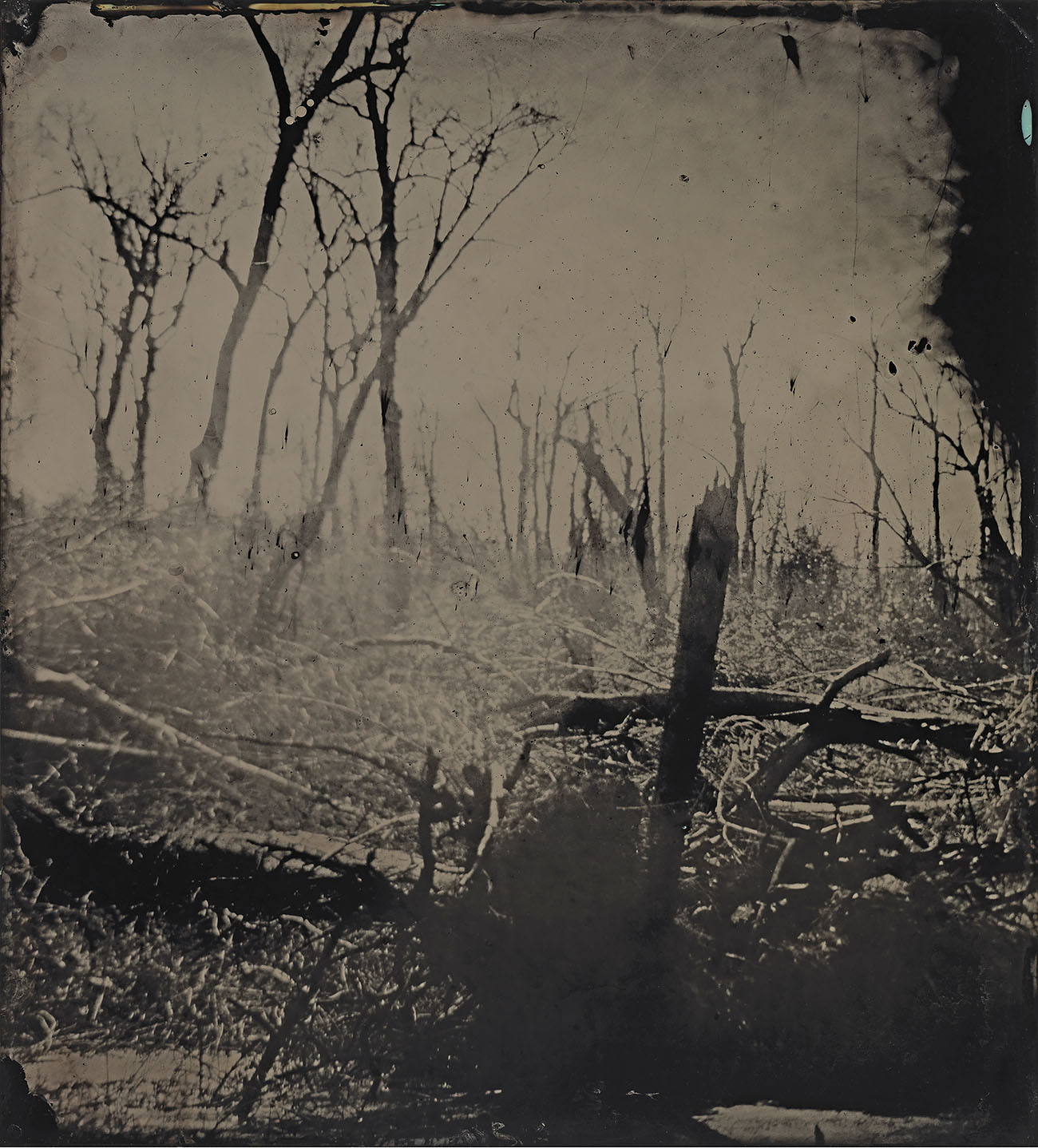
Blackwater 13, 2008 - 2012 From the series Blackwater, 2008-12 Tintype © Sally Mann, Courtesy Gagosian
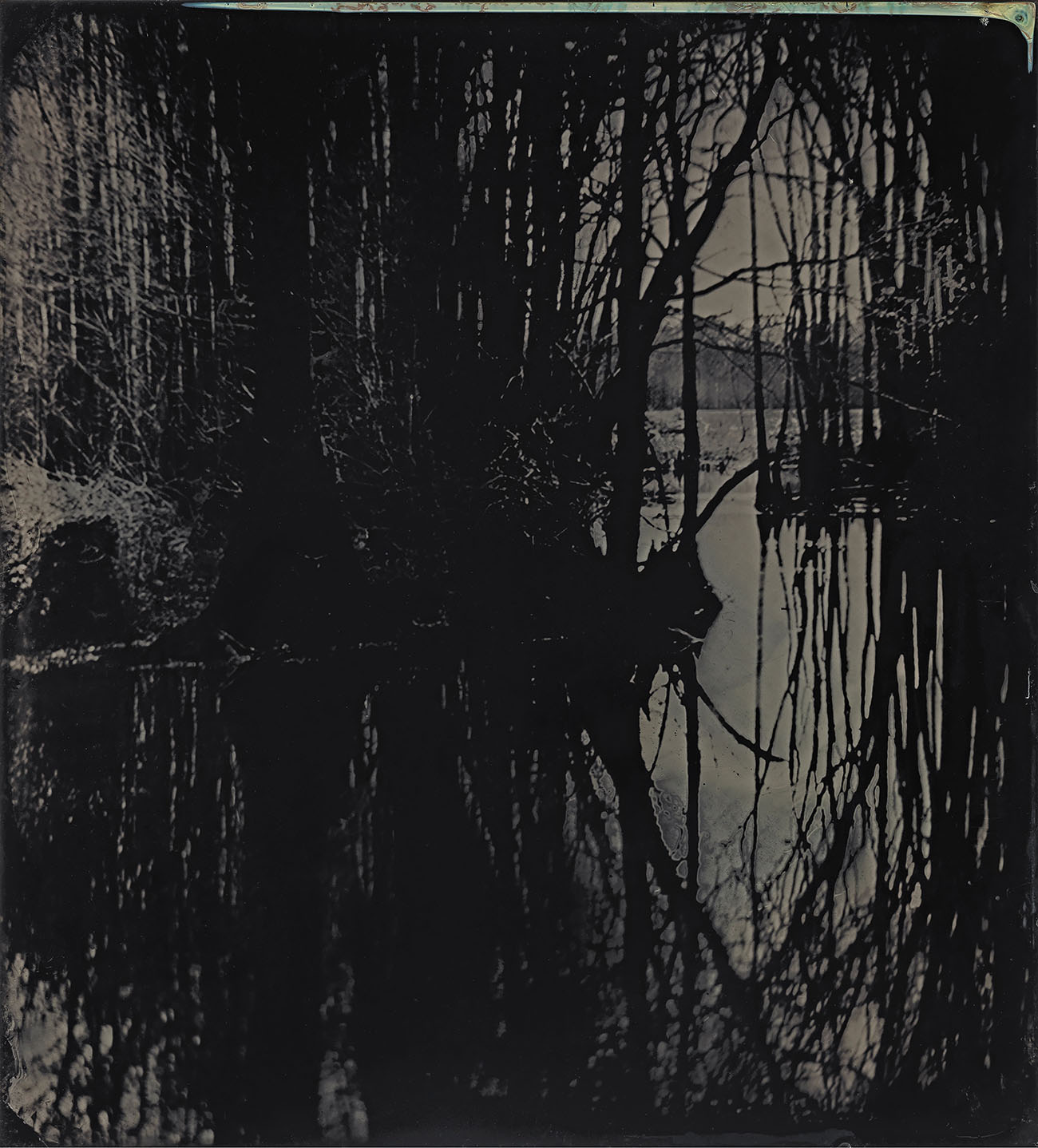
Blackwater 15, 2008 - 2012 From the series Blackwater, 2008-12 Tintype © Sally Mann, Courtesy Gagosian
is known for her photographs of intimate and familiar subjects rendered both sublime and disquieting. Her works explore family, social realities, and the passage of time, capturing tensions between nature, history, and memory.
Born in Lexington, Virginia, Mann began studying photography in the 1960s, attending the Ansel Adams Gallery's Yosemite Workshops in Yosemite National Park, California and the Putney School and Bennington College, both in Vermont. She received a BA from Hollins College, Roanoke, Virginia, as well as an MA in creative writing.
Mann's first solo museum exhibition was at the
Corcoran Gallery of Art, Washington, DC, in 1977, presenting The Lewis Law Portfolio (1974-76), a series that comprises her earliest explorations into the abstract beauty of the everyday. In the early 1980s she published two books, Second Sight and At Twelve, the latter a study of girls on the cusp of womanhood. Between 1984 and 1994 she worked on the Family Pictures series, which focused on her young children. These pictures touch on ordinary moments—playing, sleeping, and eating—as well as death and perceptions of sexuality and motherhood.
From the late 1990s into the 2000s, Mann focused on the American South, taking photographs in Alabama, Mississippi, and Louisiana for her
Deep South series (2005), as well as Civil War battlefields for Last Measure (2000). Time and decay are also evident in What Remains (Bullfinch Press, 2003), a study of mortality ranging from pictures of the decomposing body of her greyhound to photographs of the site where a fugitive committed suicide on her property. In 2003, Mann documented the effects of muscular dystrophy on her husband, Larry. These frank portraits, becoming the Proud Flesh series (2009), recall classical sculpture while capturing a male subject in vulnerability.
A Thousand Crossings, Mann's recent survey exhibition, explores the identity of the American South, and Mann's relationship with her place of origin. It debuted at the National Gallery of Art, Washington, DC in 2018 and traveled extensively.
A Guggenheim fellow and three-time recipient of the National Endowment for the Arts fellowship, Mann was named "America's Best Photographer" by Time magazine in 2001. She is the subject of two documentaries: Blood Ties (1994), nominated for an Academy Award, and What Remains (2006), nominated for an Emmy in 2008. Mann's
Hold Still: A Memoir with Photographs (Little, Brown, 2015) received critical acclaim; it was named a finalist for the 2015 National Book Awards and won the Andrew Carnegie Medal for Excellence in Nonfiction.
About Blackwater
The Great Dismal Swamp of southeastern Virginia is manifestly both those things: great and dismal. Situated just 26 miles south of Point Comfort--the grotesquely ill-named spit of land where the first slave ship docked in America-- the Dismal Swamp sprawls past the border of Virginia and into North Carolina, extending some 60 kilometers and occupying over 2000 square kilometers. It is the size of a small country, say, in fact, Luxembourg.
And "dismal" hardly begins to describe the first impression imprinted upon the casual visitor. The American poet Henry Wadsworth Longfellow described it as a terrifying place "where hardly a human foot could pass, or a human heart would dare".
Around 2008, my human heart did dare and my booted feet passed through many miles of the swamp, emerging with a record number of attached tiny deer ticks: forty-three, on every part my body.
Those ticks, which took hours to find and remove, were only a small example of what the escaped slaves from the region, who viewed the swamp as preferable to the living hell of enslavement, suffered when they fled to the rare and remote patches of high ground deep in the swamp. Slithering with snakes, often venomous, the air thick with biting insects and the heavy foliage offering protection to panthers, bear and alligators, the swamp contained an enemy even greater to the maroons, as escaped slaves were called: the slave catchers and their fearsome dogs.
Angry slave catchers and owners, operating on the 'dead or alive' theory, sometimes surrounded the maroon swamp communities and set fire to them, burning their quarry alive.
For the inhabitants, even that was preferable to being returned to their owners and the excruciating punishments that would ensue.
But while the Great Dismal Swamp did provide refuge for the luckiest of these maroons, it seems a fitting, apocalyptic end that a place so filled with pain should, a century and a half later, be devoured by an all-cleansing fire.
By the time I was exploring it, vast fires, easily viewed from space, had begun consuming the swamp and continued to burn, forcing me to trespass past safety barriers warning of danger. Thick smoke billowed up ceaselessly, not just for days or weeks, but off and on for years. In some kind of poetic, metaphoric righteousness, even the soil itself burned.
For years I have been examining the racial history of my homeland, the American South, viewing the land as a vessel for the memories of the complex struggles enacted upon it. The fires in the Great Dismal Swamp seemed to epitomize the great fire of racial strife in America--- the Civil War, emancipation, the Civil Rights Movement, in which my family was involved, the racial unrest of the late 1960s and most recently the summer of 2020.
Something about the deeply flawed American character seems to embrace the apocalyptic as solution, the Fire Next Time, fire as a curative. Perhaps we do need to tear it down before we can rebuild, perhaps fire, uniquely, does cleanse and restore, yielding the small green sprigs and vines starting now to re- vitalize the swamp, offering hope for restoration. But fire does not destroy memories and no matter how our laws are revised to be more equitable or how our tortured racial past might somehow be mitigated or how completely the Great Dismal Swamp is engulfed in flames, no one will forget. These pictures are a testament and a reminder.
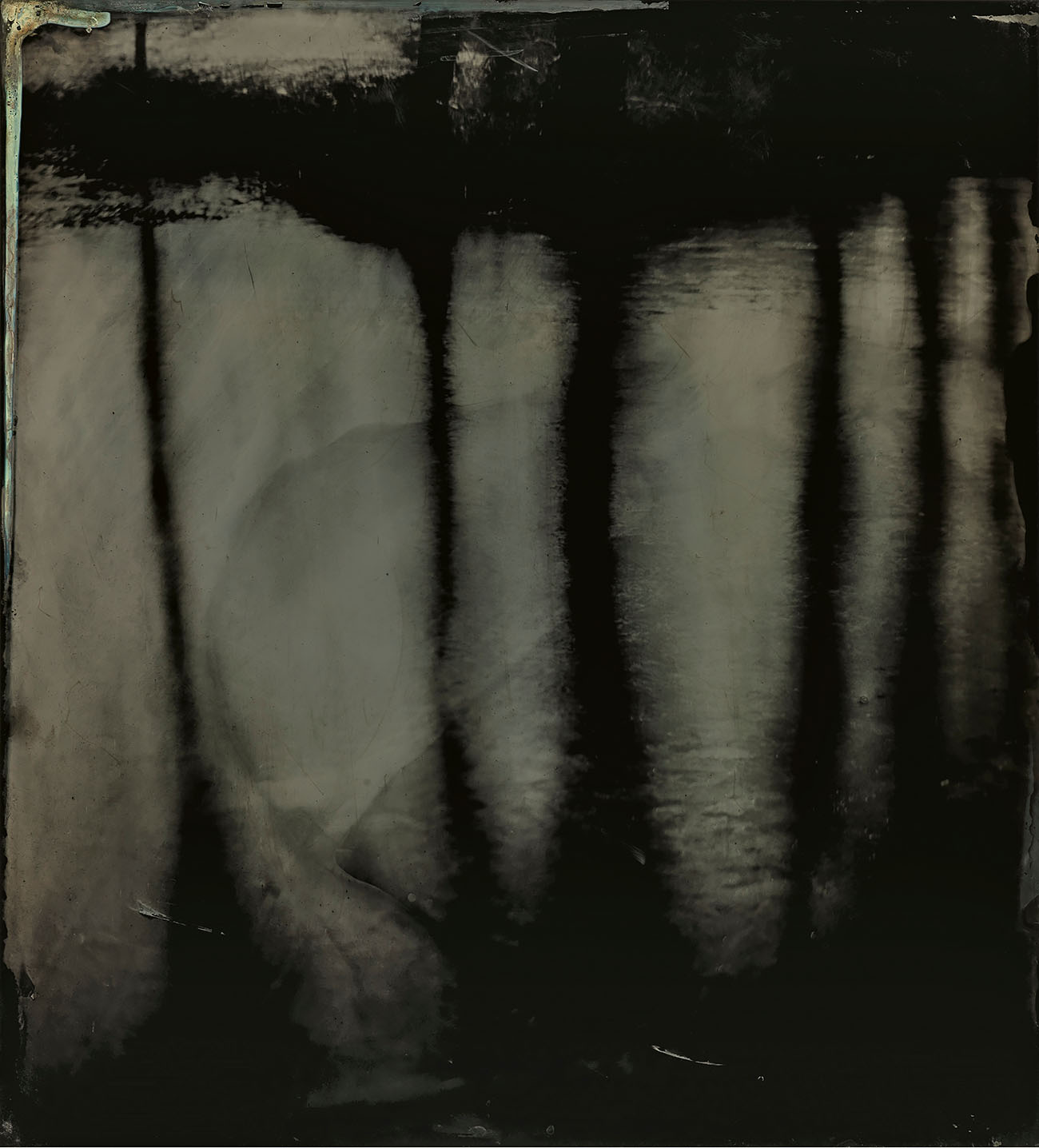
Blackwater 18, 2008 - 2012 From the series Blackwater, 2008-12 Tintype © Sally Mann, Courtesy Gagosian
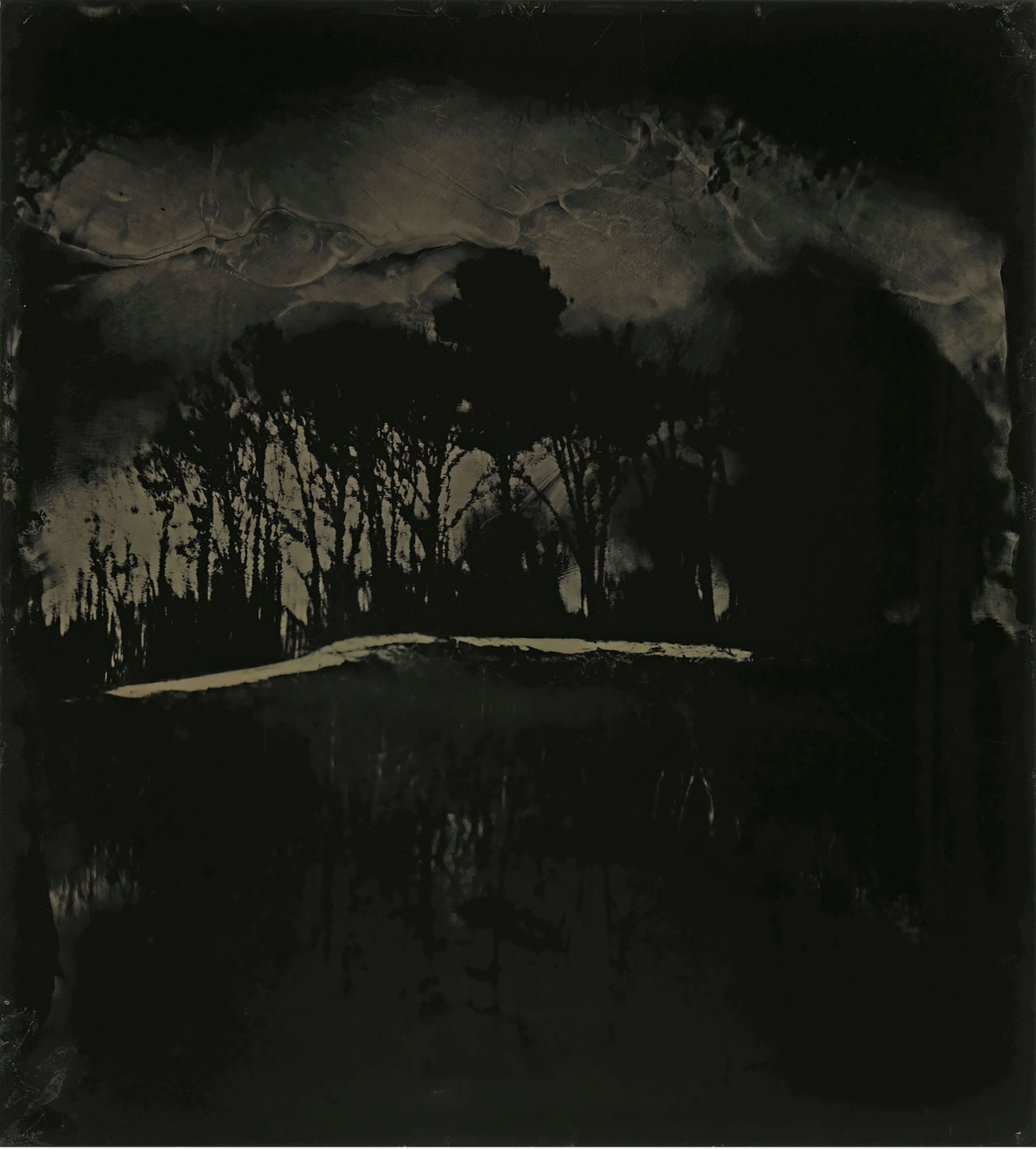
Blackwater 30, 2008 - 2012 From the series Blackwater, 2008-12 Tintype © Sally Mann, Courtesy Gagosian
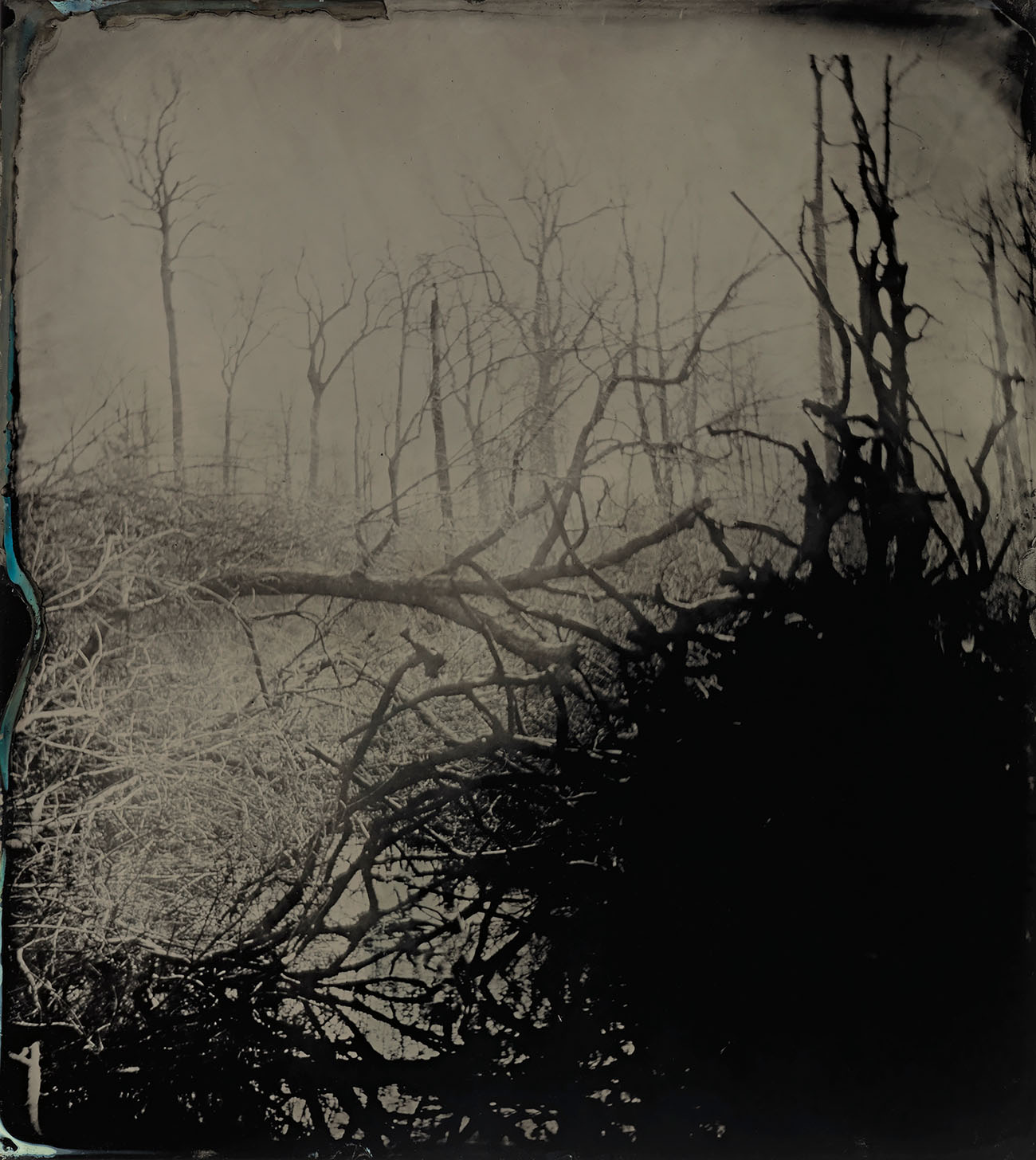
Blackwater 32, 2008 - 2012 From the series Blackwater, 2008-12 Tintype © Sally Mann, Courtesy Gagosian









